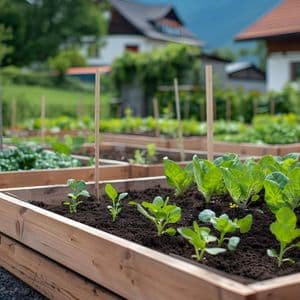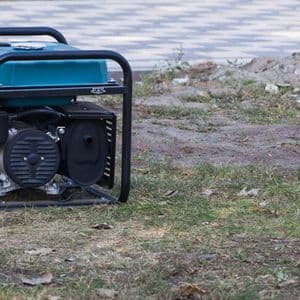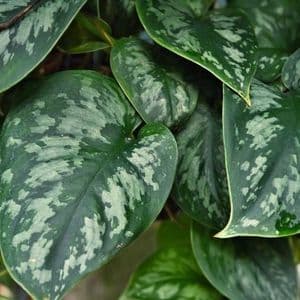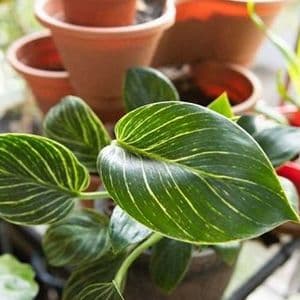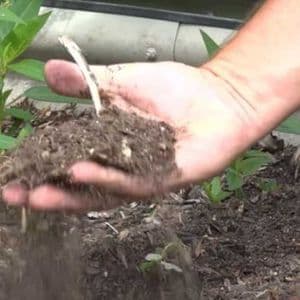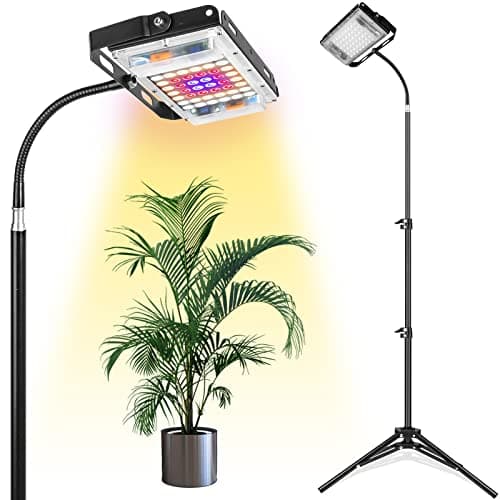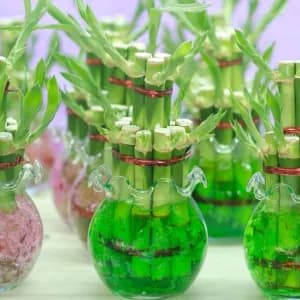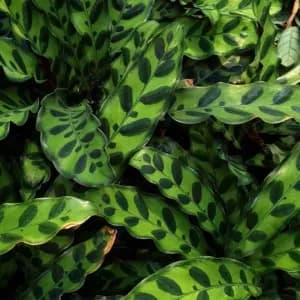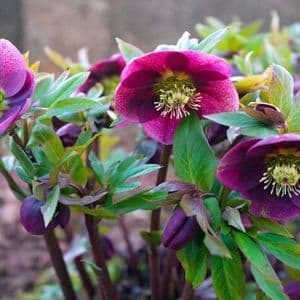Aloe vera is a popular succulent plant that is widely known for its numerous health and skincare benefits. This resilient plant can be easily grown both indoors and outdoors and can thrive in various environmental conditions. As an experienced gardener, New York Garden is excited to share our insights and knowledge about how to care for aloe vera plants.
Aloe Vera Overview
With its distinctive green color and spiky leaves, aloe vera has become a household favorite not only for its ornamental value but also for its medicinal properties. The leaves are toxic to humans [
1] if consumed. Dogs and cats are also harmed by the leaves. To know other information [
2] about this plant, look at the table below:
| Botanical Name |
Aloe barbadensis miller |
| Common Names |
Aloe vera |
| Plant Type |
Succulent Herb Perennial |
| Soil Type |
Sandy |
| Sun Exposure |
Partial Full |
| Soil pH |
Acidic |
| Bloom Time |
Summer |
| Flower Color |
Yellow Orange Red |
| Mature Size |
12-36 in. tall 6-12 in. wide |
| Toxicity |
Toxic to humans, toxic to pets |
Types of Aloe Vera
There are over 400 different species of aloe, but only a few are commonly grown as houseplants. The most popular type is Aloe vera, also known as true aloe, which is widely cultivated for its medicinal properties. Other types of aloe that can be grown indoors include Aloe arborescens, Aloe variegata, and Aloe brevifolia. Each type of aloe has its unique features, such as size, shape, and color. Here are some popular types of Aloe Vera:
- Aloe aculeata: When fully grown, this type of Aloe Vera can reach 3 feet tall and wide and bloom in yellow or orange colors. This plant is considered mid-size of Aloe Vera.
- Aloe ciliaris: You can also know this plant as climbing aloe since it can reach 30 feet long when fully mature.
- Aloe polyphylla: also known as spiral aloe. This type has gray-green leaves and blooms in orange flowers.
- Aloe brevifolia: also known as short-leaf aloe. Although this cultivar only reaches a height of less than a foot, its golden rosettes make it a preferred addition to landscapes.
How to Care for Aloe Vera
In order to grow well in pots, aloe vera needs sandy soil or cactus potting soil. Plant this succulent with others that have similar requirements when it's grown outdoors in zones 10 through 12. Aloe may be used as a focal point for an entranceway by being potted alone or included in a xeriscaped border planting. Aloe in pots looks great on patios and decks and is useful for treating burns and bug bites in an emergency. Outside, blossoming may happen in the late spring or early summer; indoor examples in pots often don't have blooms. In any case, the plant has to be quite mature in order to bloom at all, and even then, it might not blossom every year, particularly if the leaves are being used for something else. Aloe is a low-maintenance houseplant that is ideal for beginning gardeners because it practically never needs feeding or much watering.
Light
Bright, natural light is essential for the growth of aloe vera. Aim for up to six hours of direct sunlight outside, with a brief period of shadow relief in the late afternoon. Aloe should be cultivated indoors in a window with strong, indirect light. The plant's delicate skin can be burned by direct sunlight, yet a lack of light will make it lanky and weaken its leaves, making them wrinkle.
Soil
Aloe vera frequently thrives in nutrient-poor soil conditions on sandy slopes with good drainage in its native environment. Use a cactus potting medium or regular potting soil blended with perlite and coarse sand to provide optimum drainage in a container. The aloe plant loves a slightly acidic soil with a pH of 6.0 or below, although it is quite flexible and can also thrive in neutral or alkaline soils.
Water
Aloe loves to get frequent waterings as long as the soil totally dries out in between. The leaves will shrink and pucker a little if the soil is dry for a long time. When hydrated, the plant will bounce back, but chronic stress—whether from a protracted drought or too much water—can cause the leaves to turn yellow and die. When it rains, avoid watering outside plants. Providing it gets enough water throughout its growing season, aloe vera enters a dormant state in the winter and doesn't require any watering at all. Consider growing aloe on gravel or stones if it rains a much throughout the winter in your region. This will let the water drain and keep the wood from rotting.
Thermodynamics and Humidity
Aloe thrives in dry, tropical, and semi-tropical climates, thus simulating these circumstances will enable it to do so. Don't keep your container plant outside if nighttime lows are predicted to fall below 40 degrees Fahrenheit. Aim for a temperature between 55 and 85 degrees Fahrenheit (most indoor situations can reach this). Certain alpine types of aloe may resist sporadic temperatures approaching freezing, but aloe cannot tolerate frost. Aloe doesn't need more humidity because it can survive in dry air just fine. The ideal relative humidity is 40%.
Fertilizer
Aloe vera thrives on nutrient-poor desert soil and doesn't need any fertilizer at all. It grows best in these conditions. Nevertheless, feeding potted aloe once per spring may benefit in preserving healthy growth. For an annual feeding, a liquid 10-40-10 houseplant fertilizer that has been diluted to half strength works well. Aloe often grows well outdoors without any fertilizer.
Pruning
Only if the leaves are dead and withered does aloe vera need to be pruned. You can also prune any that have been harmed by the environment. Cut down the outer leaves of your aloe vera plant if their tips start to turn brown. To accomplish this, use a pair of clean gardening shears and either prune the entire leaf at its base or only the afflicted tip. Whether dead or alive, pruning leaves at the base will promote new development and improve the appearance of the plant. Never cut an aloe leaf in the middle.
How to Grow Aloe Vera From Seed?
While it's possible to grow aloe vera from seed, it can be a challenging process. Here are the steps to follow:
- Collect seeds from a mature aloe vera plant.
- Prepare a well-draining potting mix and fill a small pot with the mix.
- Sow the seeds on top of the soil, and cover with a thin layer of soil.
- Water the soil with a spray bottle, being careful not to overwater.
- Place the pot in a warm and bright location, such as near a south-facing window.
- Keep the soil moist, but not waterlogged, and be patient. It can take several weeks or even months for the seeds to germinate.
It's important to note that aloe vera grown from seed may not be identical to the parent plant, so the resulting plant may not have the same characteristics or properties as the original plant. For this reason, many gardeners choose to propagate aloe vera from offshoots, which is a more reliable method.
How to Potting and Repotting Aloe Vera?
Potting and repotting aloe vera is an essential part of its care and growth. To pot a new aloe vera plant, you will need a potting mix made for cacti and succulents. Repotting an aloe vera plant should be done every two to three years. When repotting, choose a pot that is one size larger than the previous pot, and use fresh potting mix. Be sure not to overwater after potting or repotting to avoid root rot.
Often Occurring Aloe Vera Issues
One of the biggest mistakes gardeners make with their aloe plants is overwatering. Root rot and mushy leaves are caused by persistently damp soil. Rot at the roots can accelerate the growth of bacteria or fungus, leading to degradation inside the plant. Root rot and decay are untreatable when they are at their most advanced stages. Aloe leaves have a history of breaking and bending. This situation indicates that your plant isn't receiving enough light to develop stiff, sturdy leaves. Move your plant to a more sunny location to solve the problem, or use a fluorescent light to replace the lack of sunlight.
FAQs
How often should I water my Aloe Vera plant?
Aloe Vera is a drought-tolerant plant, and it's important not to overwater it. Water your Aloe plant every 2-3 weeks, depending on the climate and humidity levels in your area.
Can I grow Aloe Vera indoors?
Yes, Aloe Vera can be grown indoors in a well-lit area, such as near a window. However, it's important to make sure that the plant receives enough sunlight to thrive.
How can I propagate my Aloe Vera plant?
Aloe Vera can be propagated through offsets or "pups" that grow around the base of the plant. Carefully remove the offsets and plant them in their own pot, making sure to water them sparingly until they take root.
How do I know if my Aloe Vera plant is healthy?
Healthy Aloe Vera plants should have plump, firm leaves that are a light green color. If the leaves are brown or wilted, it may be a sign of overwatering or poor soil drainage. The New York Garden works under restricted procurement guidelines and relies on peer-reviewed studies and studies conducted by academic organizations. Tertiary references should be avoided. For more information on how we ensure our material is correct and up to date, please visit our editorial policy.
- Aloe - Medline Plus
- Aloe vera - NC State University and N.C. A&T State University


